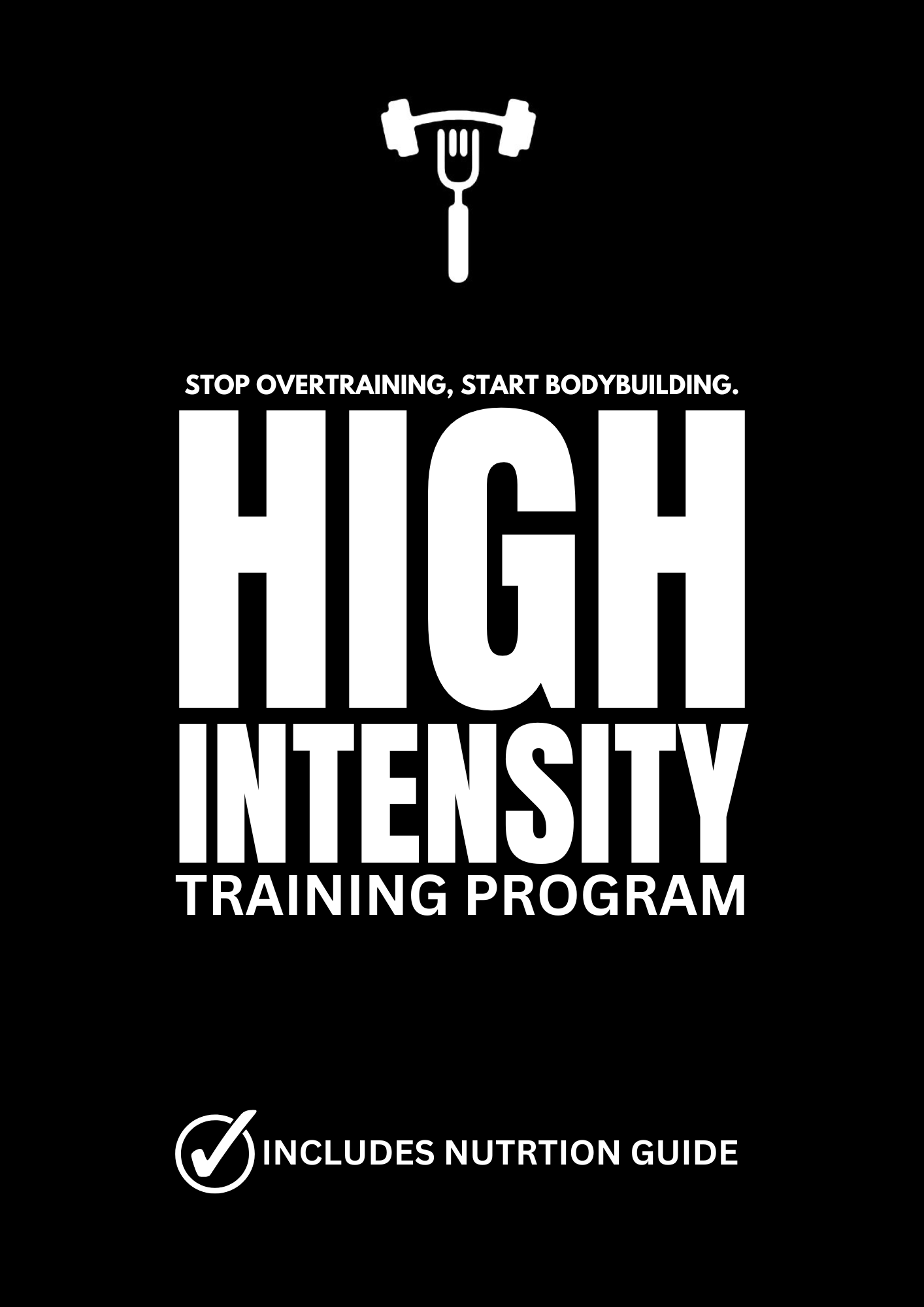The Science Behind V-Shaped Taper: The High-Intensity Training Approach

In the realm of bodybuilding, achieving the coveted V-shaped taper – broad shoulders narrowing down to a trim waist – is a goal pursued by many. While various training methodologies promise results, one approach stands out for its scientific rationale and efficiency: High-Intensity Training (HIT).
HIT, characterized by brief yet intense workouts targeting major muscle groups, has gained traction for its effectiveness in muscle growth and strength development. However, what sets HIT apart in the quest for a V-shaped physique lies in its strategic design, aligned with the principles often associated with renowned experts.
The cornerstone of HIT lies in its focus on compound exercises that engage multiple muscle groups simultaneously. By incorporating exercises such as squats, deadlifts, bench presses, and rows, HIT optimizes muscle stimulation across the body, including the deltoids, lats, and core – fundamental in sculpting the V-shaped taper.
Moreover, HIT adheres to the principle of progressive overload, emphasizing the importance of continually increasing the intensity of workouts to spur muscle adaptation and growth. This progressive approach not only enhances muscle size but also contributes to the development of the broad shoulders essential for the V-shaped silhouette.
Crucially, HIT's emphasis on brief yet intense workouts aligns with physiological principles elucidated by experts in the field. The concept of stimulating muscle fibers to near-maximal effort in a condensed timeframe, as advocated in HIT, triggers anabolic processes that foster muscle hypertrophy – a key component in achieving the V-shaped physique.
Furthermore, HIT's minimalist approach to training – eschewing excessive volume in favor of focused, high-intensity efforts – resonates with principles emphasizing the importance of recovery and adaptation. By allowing adequate rest between workouts, HIT ensures optimal muscle repair and growth, essential for sculpting the defined musculature characteristic of the V-shaped taper.
It is evident that HIT embodies the essence of efficiency in pursuit of the V-shaped taper. By leveraging compound exercises, progressive overload, and strategic rest periods, HIT maximizes muscle stimulation while minimizing unnecessary strain – a testament to its efficacy in sculpting the desired physique.
In conclusion, while various training methodologies vie for attention in the pursuit of a V-shaped taper, the science behind HIT speaks volumes. Through its strategic design and adherence to fundamental principles, HIT emerges as a formidable ally in the quest for the V-shaped silhouette, epitomizing the synergy between science and fitness in achieving aesthetic excellence.

